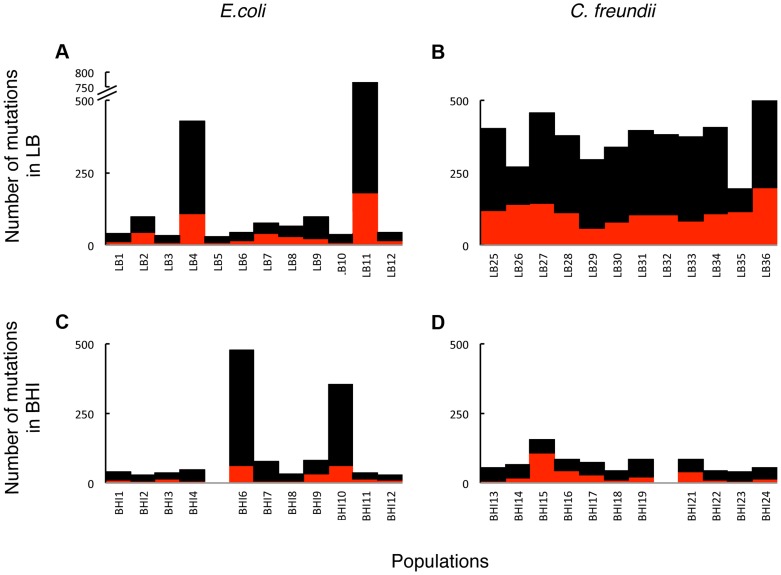Figure 3. The total number of mutations in coding regions was substantial in the evolved populations.
The accumulation of hundreds of mutations is consistent with weak selection, where many mutations can have small consequences for the fitness of organism. Overall, more mutations evolved in LB (A, B) than in BHI (C, D), both in the E. coli (A, C) and the C. freundii (B, D) populations. Two LB- and two BHI-evolved E. coli populations acquired considerably more mutations than the remaining populations evolved in the same media, suggesting that these populations evolved to become mutators. Total number of mutations in coding regions (black) and non-synonymous mutations (red) are shown for each population. Populations BHI5 and BHI20 were not included in the genomic analyses.

